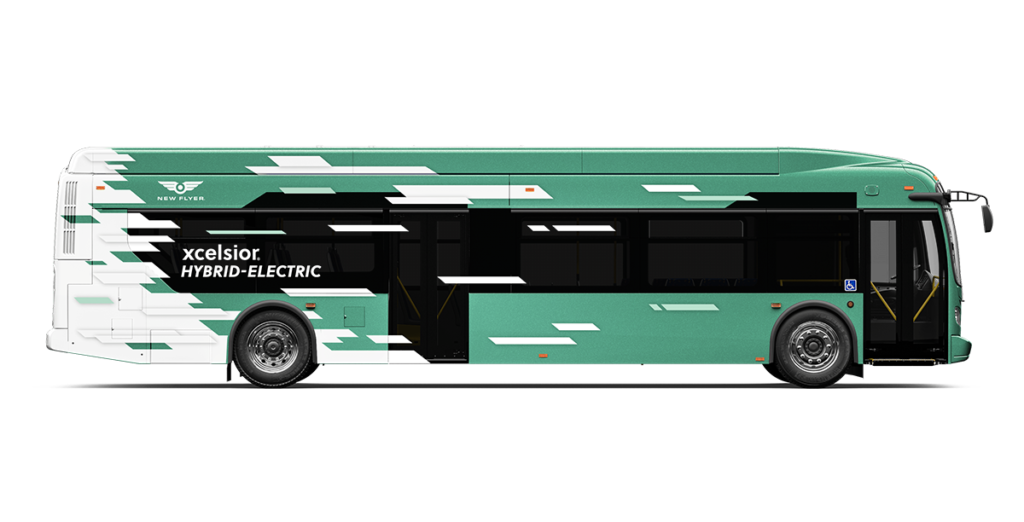In The News
SEPTA awards NFI contract for up to 340 low-emission hybrid-electric buses
Published by Mass Transit

The order includes options to purchase up to 120 additional Xcelsior 40-foot, hybrid-electric buses under a five-year contract.
New Flyer of America Inc. (New Flyer) has received a new contract from the Southeastern Pennsylvania Transportation Authority (SEPTA) for a firm order of 220 Xcelsior® 40-foot, heavy-duty, hybrid-electric transit buses.
The order includes options to purchase up to 120 additional Xcelsior 40-foot, hybrid-electric buses under a five-year contract.
“NFI has delivered over 2,070 buses to SEPTA since 1997, and today we continue to power the transition to sustainable mobility with our low-emission, quiet, efficient, and fully accessible hybrid-electric buses,” said Chris Stoddart, president, North American Bus and Coach. “With best-in-class features on board, including enhanced batteries and regenerative braking, our hybrid-electric buses are a proven transition strategy to zero-emission mobility through high operational performance, smooth acceleration, fuel savings and improved air quality.”
The hybrid-electric buses feature BAE’s HDS200 hybrid drive propulsion, including the latest MAPS2 accessory power system which will upgrade SEPTA’s current fleet with engine-off features such as stop/start, arrive and go, and onboard green zone technology, which enables the bus to switch to battery-electric power in specified zones. Together, these features provide emission and noise reduction in the community.
The buses also advance SEPTA’s Bus Revolution program, a key element of SEPTA Forward, its strategic plan to reshape bus transportation to achieve better connectivity and operational efficiency, while ensuring a resilient, prosperous and equitable community in the region.
New Flyer’s hybrid-electric buses bridge the transition between traditional combustion engines and zero-emission propulsion, reducing NOx emissions up to 50 percent and particulate matter levels up to 100 percent while also lowering fuel consumption and maintenance costs.
Related
In The News
Large New York Order for New Flyer
Read More
In The News
NFI subsidiary New Flyer awarded two contracts from New York for up to 2,090 Xcelsior® transit buses
Read More
In The News
New Flyer sells +200 e-buses in New York (with options for further 1,200)
Read More